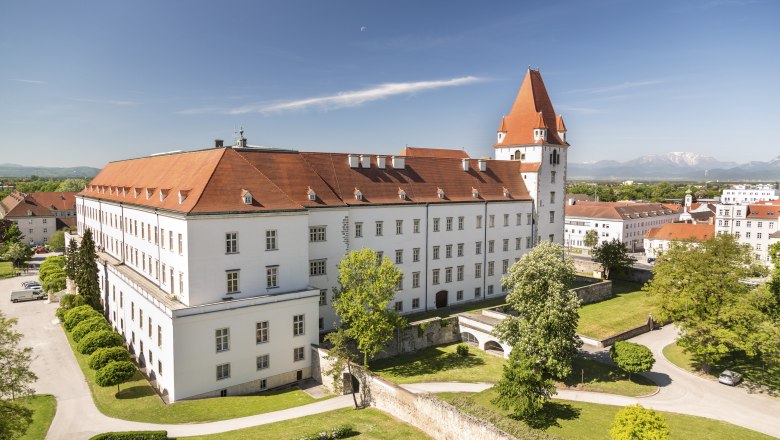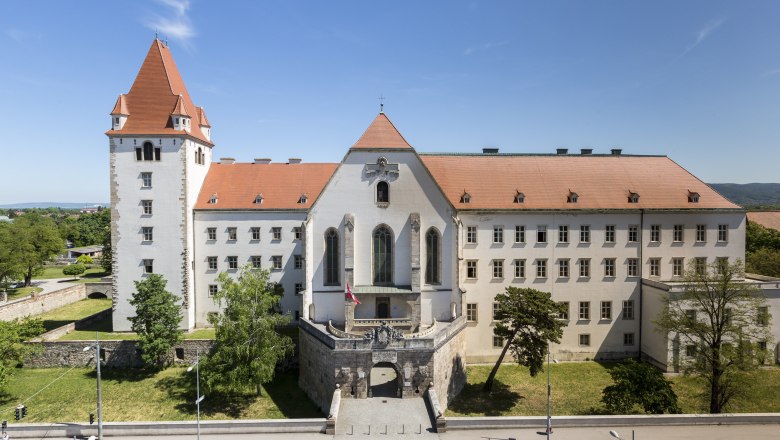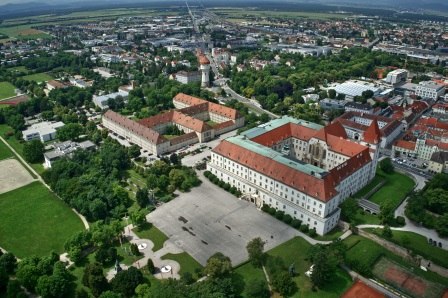Theresian Military Academy Wiener Neustadt
Description
From the castle to the world's oldest military academy
The castle was built around 50 years after the town was founded in 1192 as a military base for the last Babenberg, Frederick II the Warlike. Over the centuries, it was continually expanded and used for new purposes. Emperor Frederick III had the castle fundamentally rebuilt, giving it its present appearance for the most part. Wiener Neustadt was an important imperial residence for Emperor Frederick III and his son Maximilian I. Emperor Maximilian I was born and baptized in the castle in Wiener Neustadt and spent his youth here. The Holy Roman Empire was expanded from here. It reached such great proportions that "the sun never set". After Maximilian I's death, he was buried in St. George's Cathedral. According to his will, his mortal remains can be found under the high altar.
From imperial residence to officers' forge
In 1751, Empress Maria Theresa turned the castle into what is now the oldest military academy in the world. "Make me capable officers and righteous men out of it" was the order given to her first commandant. Originally intended as a training facility for 100 noblemen and 100 commoners, the military academy became the cadre training center of the Habsburg Empire. Even today, a new class of well-trained men and women is discharged every year. If you want to know what the abbreviation AEIOU stands for, which was formulated by Emperor Frederick III, you will find a possible explanation during a guided tour in front of the famous coat of arms wall. And discover with a smile that its interpretation still fires the imagination today.
St. George's Cathedral
Emperor Maximilian I was baptized and buried in St. George's Cathedral in the castle. His mortal remains have rested under the altar since 1519. Only his heart is in Bruges, 1,200 km away, in the sarcophagus of his beloved wife Mary of Burgundy. Both the baptismal font and the tomb can be visited.
The military academy can be visited as part of a guided tour.
If you would like to find out more about the history of Wiener Neustadt Castle, please click HERE!



